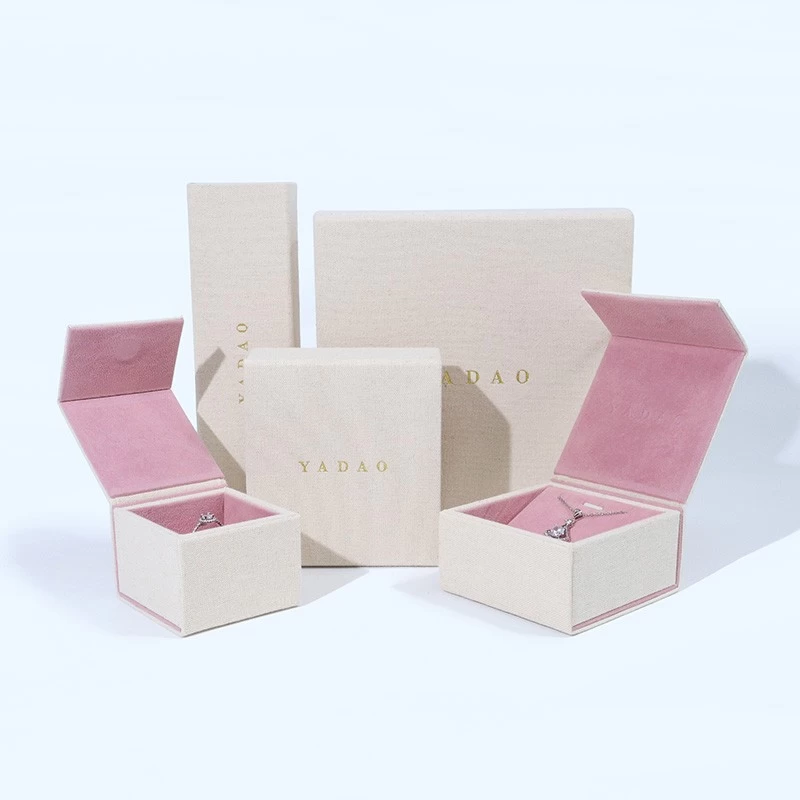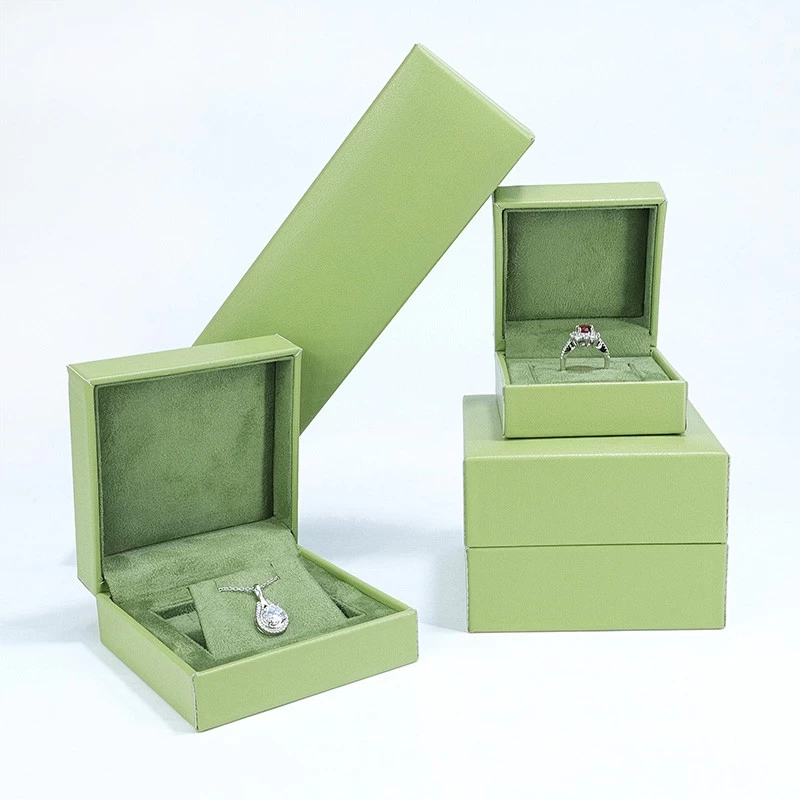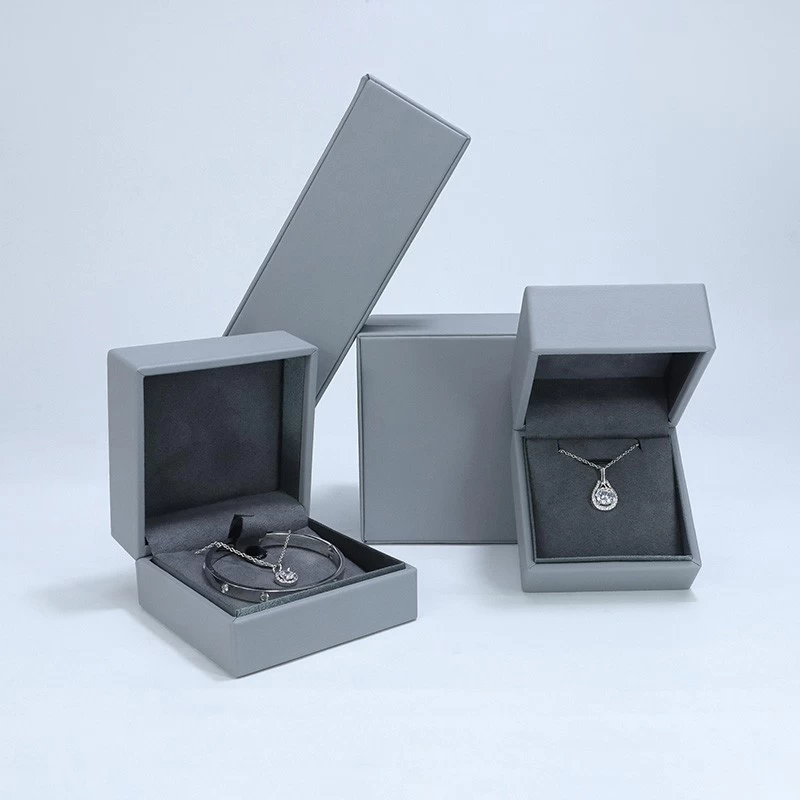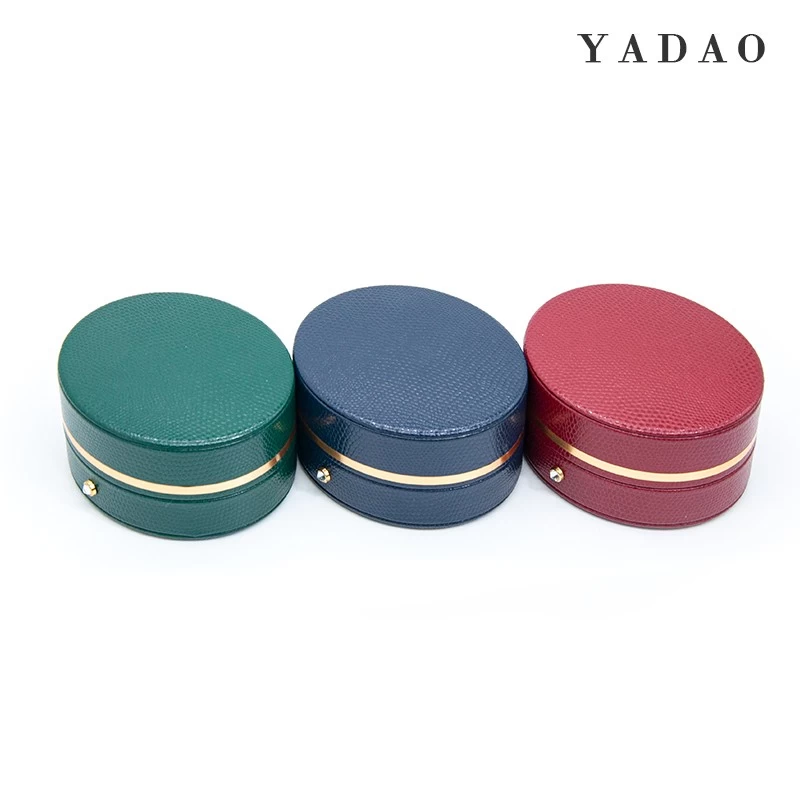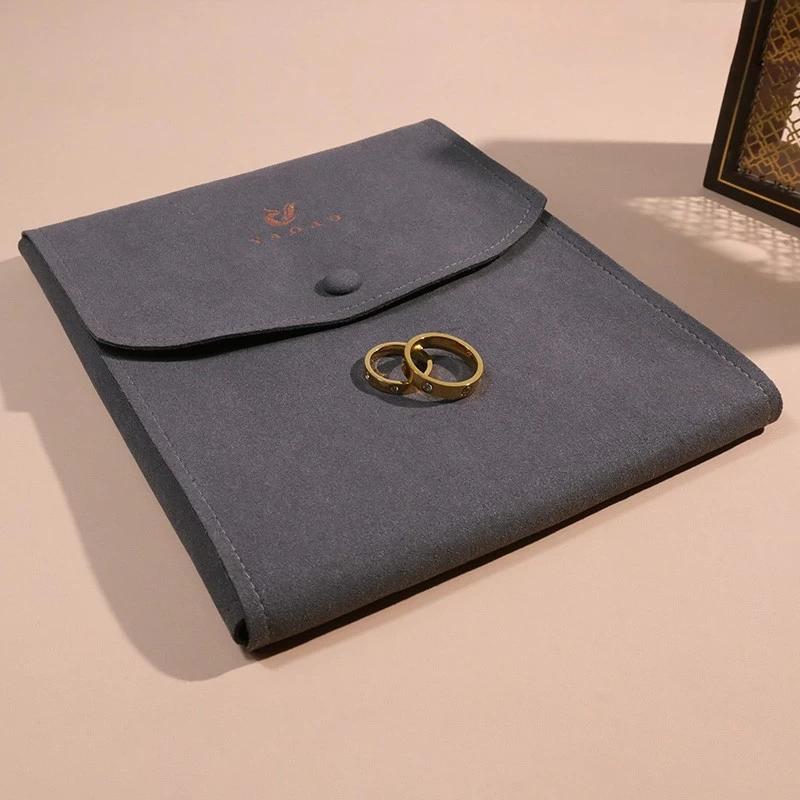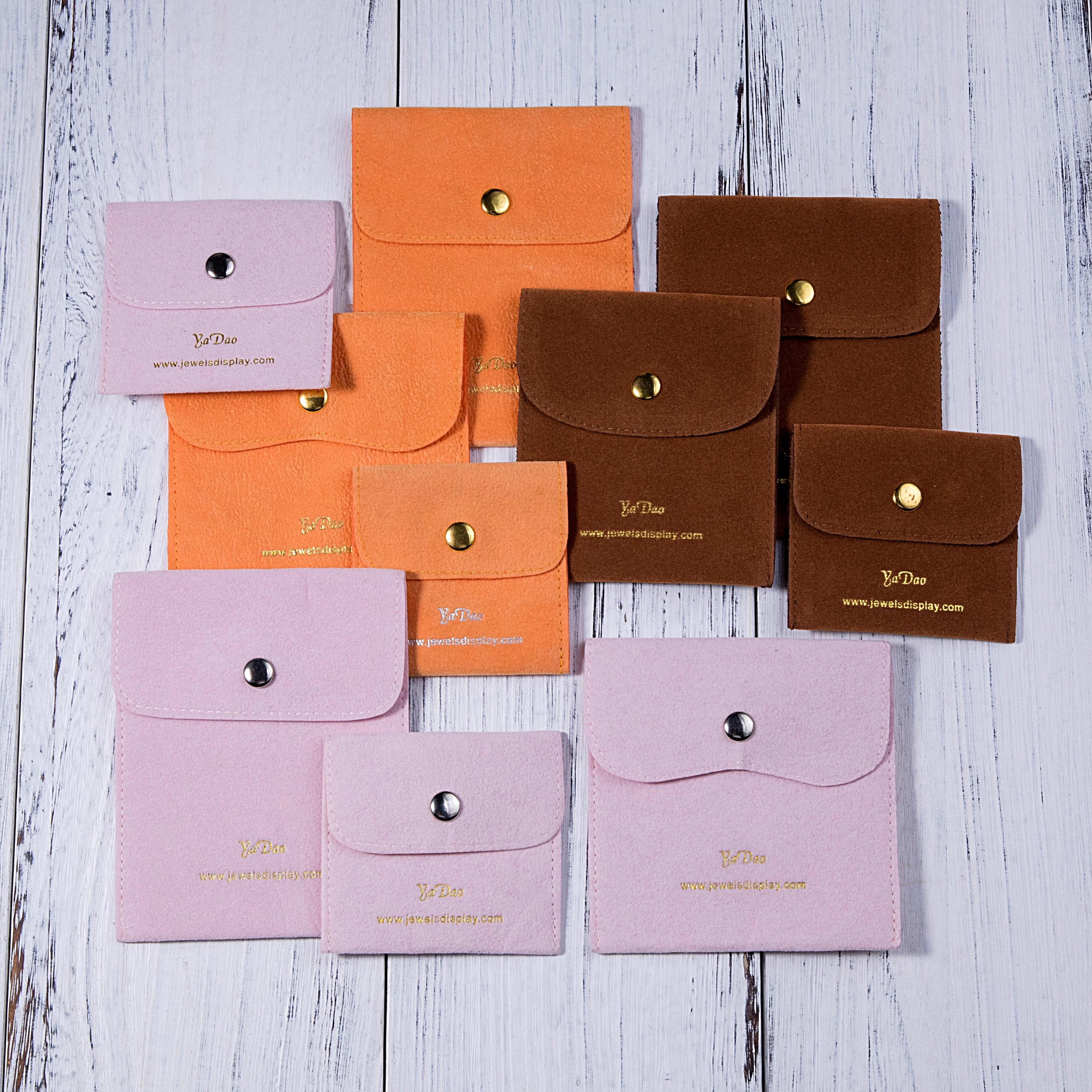Regional variations in jewelry packaging traditions
Regional variations in jewelry packaging traditions offer a fascinating glimpse into cultural diversity and craftsmanship. In various parts of the world, jewelry packaging is not merely a practical necessity but a reflection of cultural heritage and aesthetic preferences.

In Asia, for example, intricate and ornate jewelry boxes are often crafted using traditional methods such as lacquerware in Japan or silk brocade in China. These boxes are meticulously designed to complement the elegance of the jewelry they hold, emphasizing craftsmanship and attention to detail.
In contrast, Middle Eastern jewelry packaging tends to focus on luxurious materials like velvet and intricate metalwork. Boxes are often embellished with filigree patterns and gemstone accents, reflecting the region's rich history of craftsmanship and opulence.
In Europe, jewelry packaging traditions vary widely from country to country. In countries like Italy and France, jewelry boxes may feature fine leather and embossed designs, echoing a sense of sophistication and style. In Eastern Europe, wooden boxes with carved motifs are common, reflecting a blend of traditional craftsmanship and rustic charm.
Across Africa, jewelry packaging often incorporates vibrant colors, textiles, and beads, mirroring the continent's rich cultural diversity and artistic expression. Handwoven baskets or intricately beaded pouches serve not only as containers but also as symbols of cultural identity and heritage.
In the Americas, indigenous communities have their own unique approaches to jewelry packaging. For example, Native American tribes may use handcrafted pouches or woven baskets adorned with traditional patterns and symbols, connecting jewelry to spiritual beliefs and cultural practices.
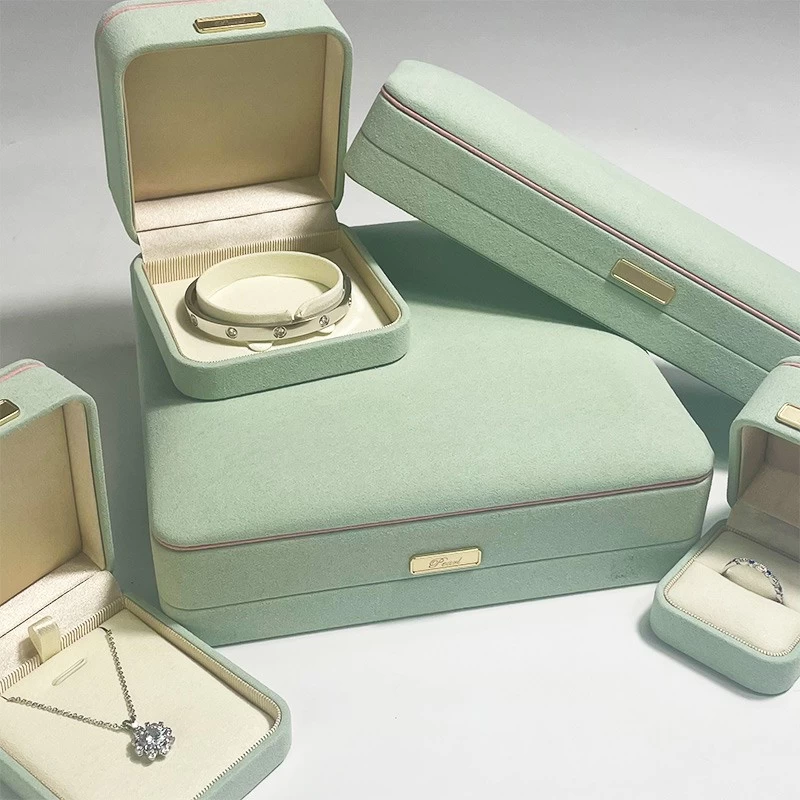
Overall, regional variations in jewelry packaging traditions highlight the importance of cultural context and craftsmanship in the presentation of jewelry. These traditions not only enhance the appeal of jewelry but also preserve and celebrate diverse cultural heritages around the world.






